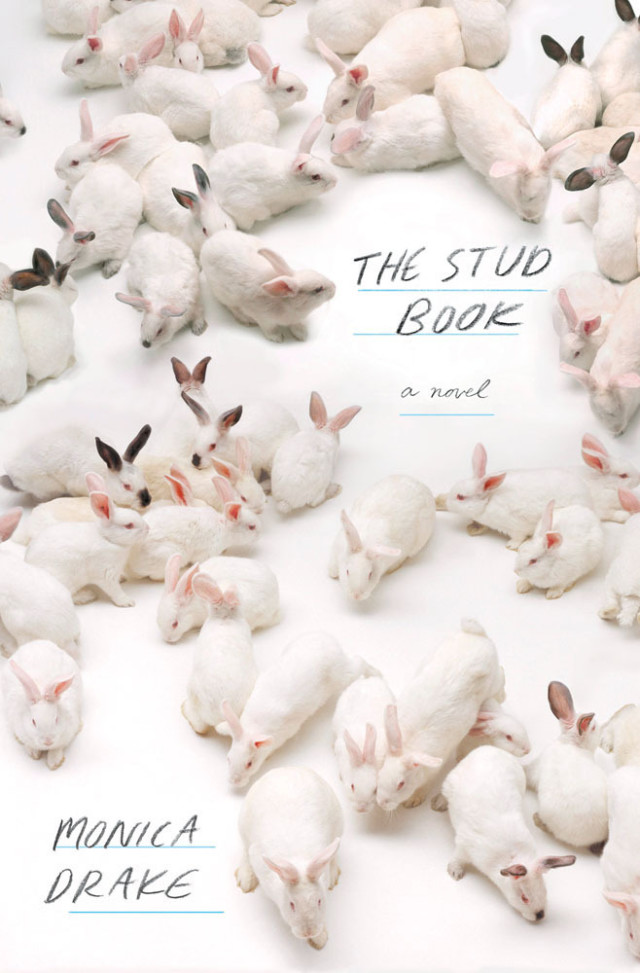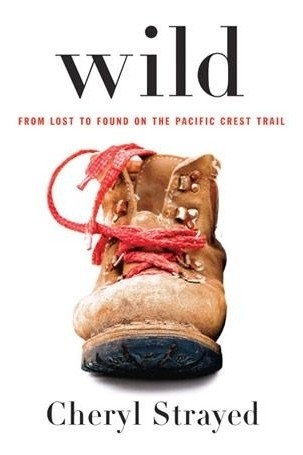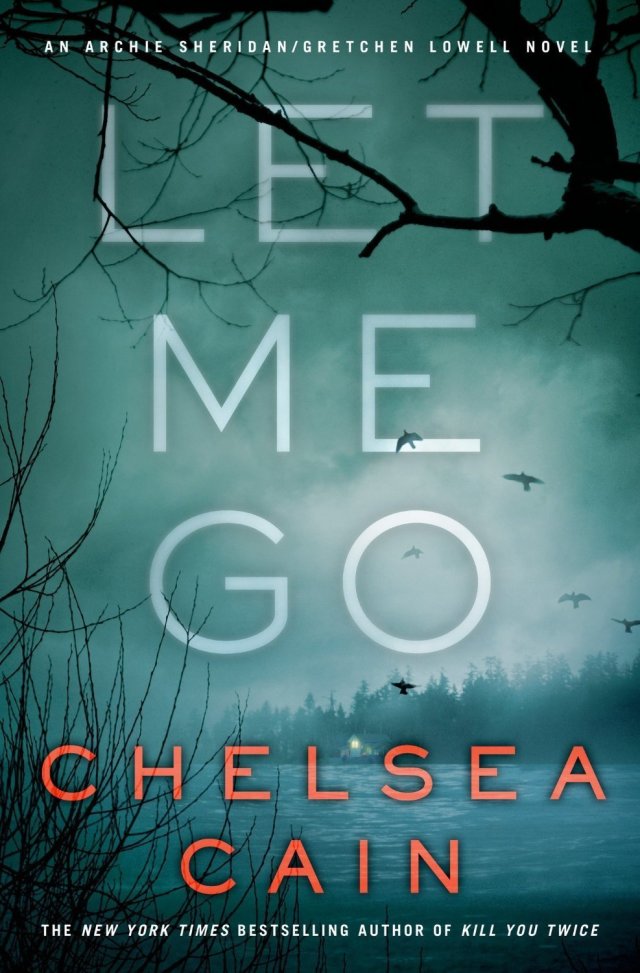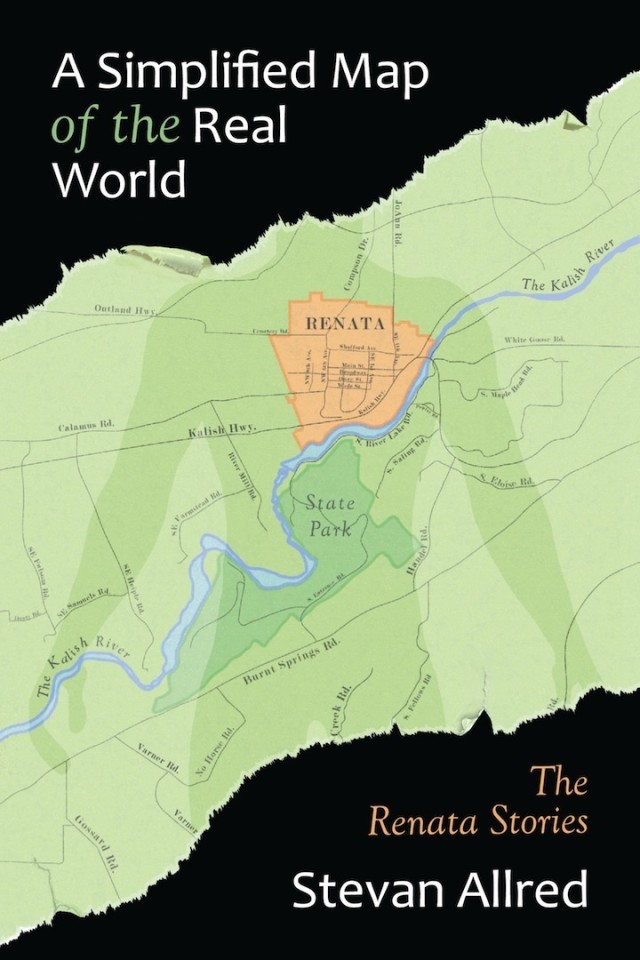Tom Spanbauer: The Godfather of Portland's Writing Scene

WRITERS’ TEACHER
the saga of tom spanbauer, portland’s literary mentor
1990 Spanbauer, with one novel published and another on its way, founds Dangerous Writers, a workshop informed in part by his experience with famed minimalist editor Gordon Lish.
1996 Early DW student Chuck Palahniuk releases the group’s first breakout hit, Fight Club. Palahniuk wrote the book that would make his name, as well as the initially unpublished Invisible Monsters, during five years in Spanbauer’s class.
1997 Stevan Allred (A Simplified Map of the Real World, 2013) first learns to write in Spanbauer's class before branching off to teach his own classes with fellow DW-vet Joanna Rose (who started Little Miss Strange in DW). “Tom's big innovation was to do minimalism with a heart, to subvert minimalism with a willingness to put on the page the broken-hearted truth each of us carries inside,” says Allred.
2001 Jennifer Lauck works on her Oprah-endorsed debut, Blackbird, in DW.
2001 Local publishing house Hawthorne Books is founded. Editor/publisher Rhonda Hughes sat in on DW for six months to improve her editing skills.
Burnt Tongue Reading Series consisting of Spanbauer's students, including Ariel Gore, Sean Davis, and more
Crush
May 17
The 2000s Spanbauer’s influence spreads beyond Dangerous Writers, as authors he mentored start groups of their own—the most well-known consisting of DW alums Palahniuk, Suzy Vitello (The Moment Before, 2014), and Monica Drake (Clown Girl and The Stud Book), joined by non-DW writers Lidia Yuknavitch, Cheryl Strayed, and Chelsea Cain. “From my point of view, he birthed the writing scene here in Portland,” says Yuknavitch, whose novel Dora: A Headcase appeared in 2012. “Every writer I’ve ever met in Portland has been influenced by or worked with Tom.”
2007 Drake publishes her debut, Clown Girl. “I’m considered ‘Tom’s first student,’” she says of her years writing with Spanbauer in the early ’90s. “Twenty years later, I’m still running on that sense of urgency and importance.”
2012 Strayed’s Wild becomes a best seller. Of Spanbauer: “His writing does my favorite thing that writing can do: it makes me feel more human.”
2014 Tom Spanbauer reads from I Loved You More, his fifth book, at Powell’s on April 1 and Broadway Books on April 10 as a fundraiser for Oregon United for Marriage.
Portland authors share their SPANBAUER stories:

Monica Drake, author of Stud Book and Clown Girl
I was part of his first-ever class in Portland (maybe anywhere) and the only one that I know of that stuck with it. Both Tom and I call me his first student.
I didn't workshop books in his classes, because I was there when I was just starting in out, in about 1991. I went to grad school shortly after, and then came back again. Now I meet with writers I met in Tom's classes—Chuck Palahniuk, Suzy Vitello, Erin Leonard, along with others.
Basically, Tom started it. He came in, told us he was HIV positive, told us life was short and he wanted to tell his stories while he was still alive. Somehow he made it all seem so urgent and important. Twenty years or more later, he's still alive and well, and I'm still running on that sense of urgency and importance, still writing. He did that.
Perhaps the most famous offshoot of Spanbauer’s Dangerous Writing classes has been Drake's star-studded group that has included former students Palahniuk, Vitello, Leonard, as well as non-DW students Cheryl Strayed, Chelsea Cain, Lidia Yuknavitch, and others.

Cheryl Strayed, author of the best-selling Wild (soon to be released as a moving starring Reese Witherspoon), as well as Dear Sugar
He wasn't a teacher of mine and I only began reading his books about five years ago, but I sure do think he's great. I love how he is both gentle and fierce in person and on the page, how honest and vulnerable he makes himself and his characters. His writing does my favorite thing that writing can do: it makes me feel more human. It reminds me of my faith that we are all sacred—not just us, but all living things. Tom is the sort of writer who makes one feel less alone in the world. I think he's a national treasure.
In June of 2011, my husband Brian and I went over to Sage [Tom’s partner] and Tom's house for dinner, and I was surprised to see that he lived two doors down from the first house I lived in in Portland, the one I moved into after my PCT hike. It had also been the house where I'd stayed for a while before my PCT hike. A couple of the scenes in Wild are set there, in a second floor kitchen where my friend "Lisa" spanked me with a broom when I was doing heroin and where my (now) ex-husband and I fought after he'd come to Portland to intervene in my heroin use.
When I stood there looking into the kitchen where I'd had this big piece of my history occur, I was moved and sad and taken aback to know that only two doors down Tom was living and meeting weekly with writers I'd later come to know and love as friends. I had no idea. I was there, but I wasn't there. I was only close.

Chelsea Cain, author of the bestselling Archie Sheridan/Gretchen Lowell thriller series
This will be news to him, but I consider myself his student. I’ve never taken his workshop, and I don’t know him more than to say “hi.” But he taught the people who taught me. He is their sensei. I cannot tell you how many of their sentences begin with, “Tom says...”
I use his tools in my work every day: unpacking, going on-the-body, throat clearing, keeping track of your objects, on and on...In a weird way I probably owe Tom Spanbauer my career.
How do his influences show up in your writing group with Chuck, Monica, Cheryl, et al?
He is so present we should set a place for him at the table. On a basic level, we use Tom’s workshop format: meet weekly, hand out pages, read out loud while everyone listens and follows along taking notes, discuss, collect pages, go home and edit. We use his vocabulary to talk about our work. “I think you should go more on-the-body here.” And you can see a very specific set of commonalities, even though we all have different styles.
What has been his wider impact on the Portland literary world?
This town has exploded with writing communities and writing workshops, and I think Dangerous Writers inspired a lot of that.
I remember twenty years ago being at a party and someone leaning toward me and whispering, “There’s some of those Dangerous Writers. They think they’re so cool.” And in strut three of the coolest people I’d ever seen—in my memory they are all wearing black leather jackets and sunglasses—and they looked like some kind of marvelous literary gang, and I thought: I want that.
I think the ripples of Tom’s influence are so beyond what he even knows. He influenced people who influenced people who influenced people. I run my own Dangerous Writers–inspired workshop: eight nine-year-olds girls, once a week at my daughter’s school. And they all know what “on the body” means.

Lidia Yuknavitch, author of Dora: A Head Case and Chronology of Water: A Memoir
I never had a workshop with Tom, but his novel In the City of Shy Hunters both took my breath away and schooled me on a language of the body that has been with me every since I first tried to teach myself how to write. It was one of the first books I read—along with Dorothy Allison, Marguerite Duras, and Toni Morrison—where I actually felt the story inside my body while I was reading. It spoke my language. It helped me have courage to write in exactly the forms I wanted to, instead of the forms I'd inherited through a literary tradition.
When I got older and after I met Tom, I realized his whole life is influencing and inspiring me. His writerly life. His compassion, his talent, his life-long devotion to practicing the art, his generosity in helping others.
How would you describe him as a writer, and what are his strengths?
Lyricism, voice, an invented language that gives you a body rush. Bringing a reader to the intensity of emotions rather than the surface of entertainment. Telling the truth, even when beauty is in the darkness.
What has been his wider impact on the Portland literary world?
From my point of view, he birthed the writing scene here in Portland. Every writer I've ever met in Portland has been influenced by or worked with Tom, or like me, they've been moved and made by his books. His life.

Stevan Allred, author of A Simplified Map of the Real World, which put the new Portland publisher Forest Avenue on the map, and teacher of his own writing classes with DW-veteran Joanna Rose, the Pinewood Table
I saw Tom at The Catbird Seat, an indie book store that used to be on SW Broadway, and he was fantastic. I signed up for his class at Haystack almost immediately, talked my way into a second "advanced" class that I wasn't really qualified to sit in, and then was invited by Tom to join his table. [Roughly from 1992–1995 and 1996–8.]
Writers at that table included Joanna Rose, Monica Drake, Kassten Alonzo, Suzy Vitello, Rodger Larson, and Chuck Pahlaniuk. I was in over my head, but everybody was kind and supportive. I learned how to build a sentence from Tom and those other writers.
After class, the best party in Portland broke out, week after week—all these up-and-coming, amazing writers, none of whom had published at that point, talking about books and films and culture. The fact that those writers were willing to take me seriously, that Tom took me seriously—this is more than anything what gave me the courage to persevere beyond my own atrocious writing in the beginning.
I look back on that time in my life as something extraordinary, something few people really get to experience. We were good, and Tom was making us better, and we knew we had a future in front of us. Chuck broke out first, and many, many more have followed over the years.




